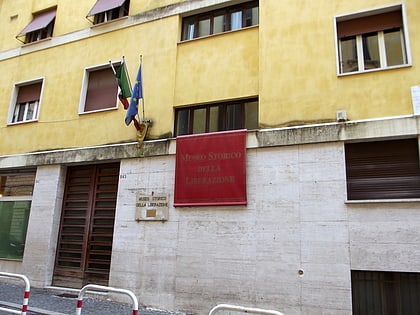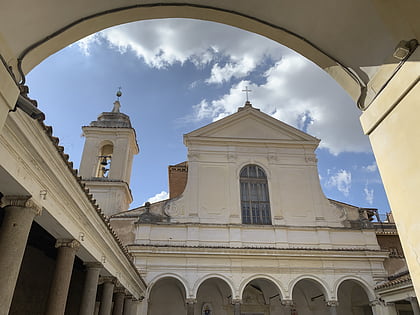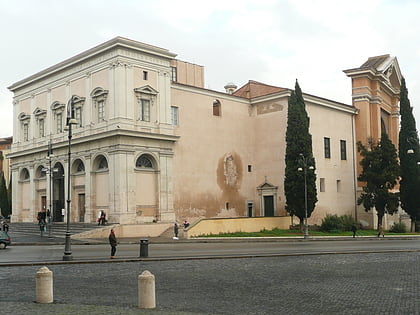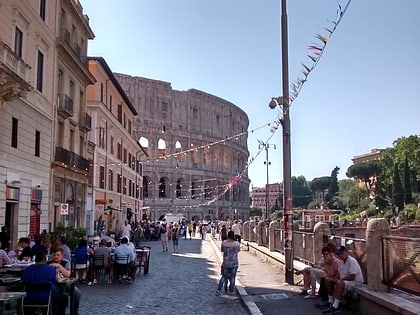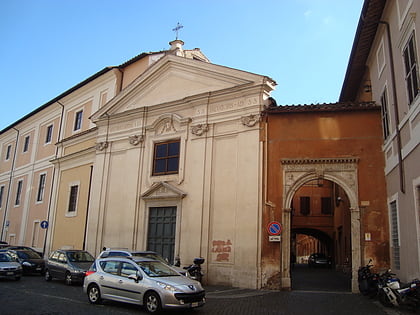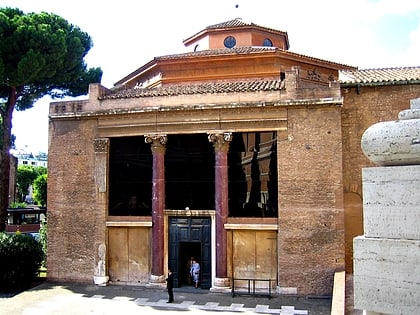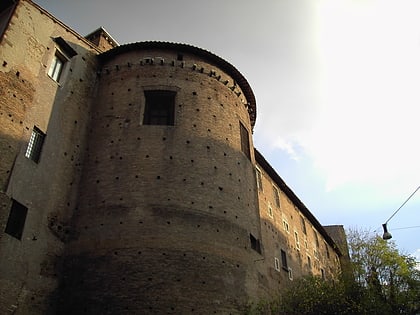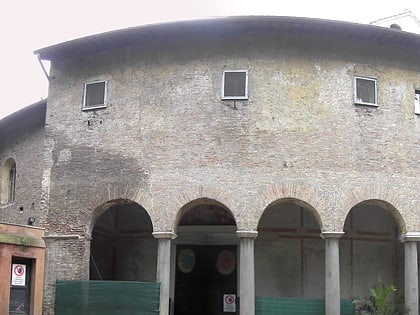Lateran Palace, Rome
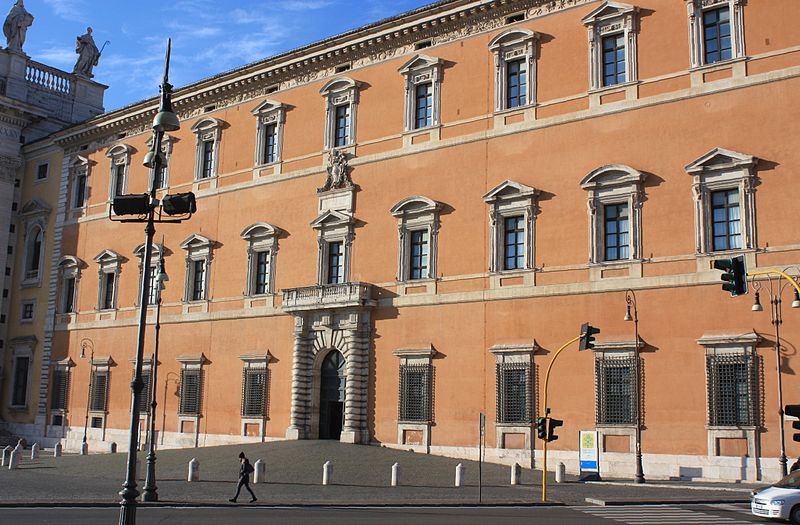
Facts and practical information
The Lateran Palace, an ancient edifice with a storied past, stands proudly in the heart of Rome, Italy. As the former papal residence, this palace has been a central figure in the religious and political history of the city. Today, it continues to captivate visitors with its architectural beauty and historical significance.
Originally built by Emperor Constantine in the fourth century, the Lateran Palace has been rebuilt and renovated numerous times over the centuries. It served as the papal residence until the 14th century when the papal court moved to Avignon and later to the Vatican. Despite this shift, the palace remains one of the most important symbols of the Church's heritage in Rome.
The palace is part of the larger Lateran complex, which includes the Archbasilica of St. John Lateran, the official ecclesiastical seat of the Bishop of Rome, who is the Pope. Visitors to the palace will find themselves immersed in a blend of architectural styles, from the remnants of the original ancient structure to the Renaissance and Baroque elements added during later renovations.
One of the highlights of the Lateran Palace is the Scala Sancta or Holy Stairs. These are said to be the very steps that Jesus climbed during his trial in Jerusalem, brought to Rome by Saint Helena in the 4th century. Pilgrims often ascend these stairs on their knees, reflecting on the Passion of Christ.
The palace also houses the Lateran Museum, which contains a collection of artifacts and artworks related to the history of the papacy and the church. The museum is a must-visit for those interested in ecclesiastical art and history.
While the Lateran Palace is not as frequented by tourists as the Vatican, it offers a quieter and more contemplative experience. It is a testament to the enduring legacy of the Catholic Church and its role in shaping the history of Rome.
For those planning to visit, the Lateran Palace is easily accessible via the Rome Metro, with the San Giovanni stop being the closest. The palace and the museum have different opening hours, and it is advisable to check the latest information before planning your visit. The entrance to the palace is usually included with the ticket to the museum.
MontiRome
Lateran Palace – popular in the area (distance from the attraction)
Nearby attractions include: Archbasilica of Saint John Lateran, Major basilica, Museum of the Liberation of Rome, San Clemente.
Frequently Asked Questions (FAQ)
Which popular attractions are close to Lateran Palace?
How to get to Lateran Palace by public transport?
Bus
- Piazza San Giovanni in Laterano • Lines: 117, 16, 51, 650, 665, 85, 87 (2 min walk)
- P.za S. Giovanni in Laterano • Lines: 673, 714, 717, 792, 81, L08, L80 (3 min walk)
Tram
- Manzoni/Merulana • Lines: 3, 8 (6 min walk)
- Labicana/Merulana • Lines: 3, 8 (6 min walk)
Metro
- San Giovanni • Lines: A, C (7 min walk)
- Manzoni • Lines: A (7 min walk)
Light rail
- Termini Laziali • Lines: Fc1 (19 min walk)
- Roma Termini • Lines: Fl6, Fl7 (25 min walk)
Train
- Roma Termini (25 min walk)
- Roma Tuscolana (27 min walk)
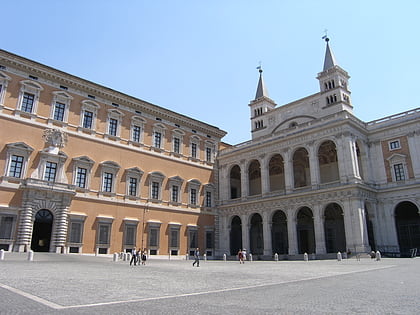

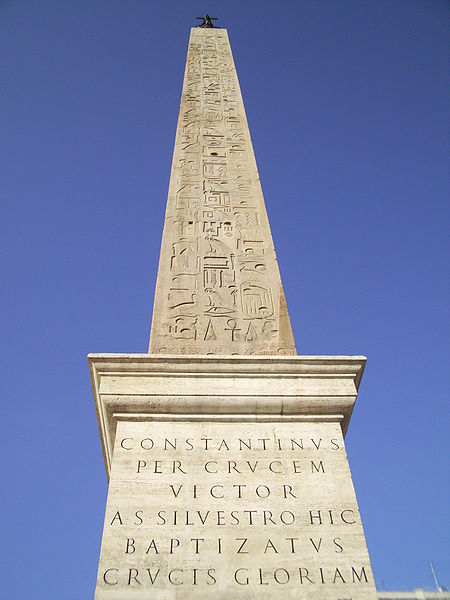
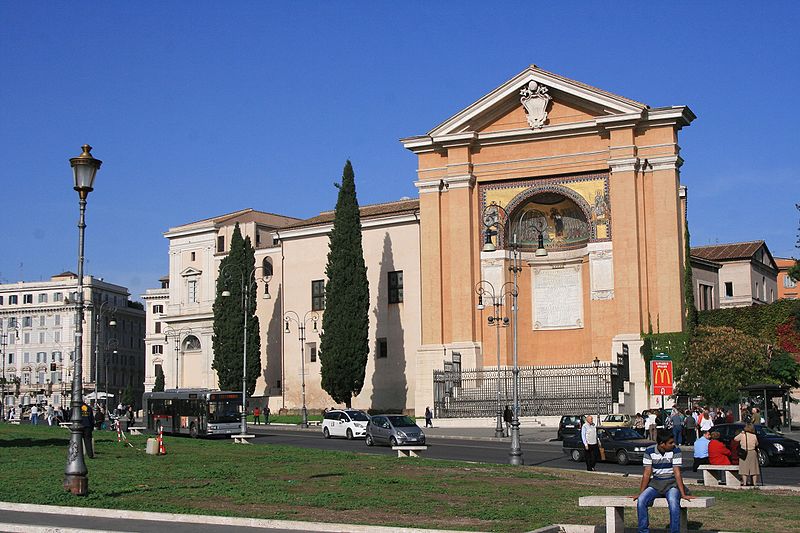
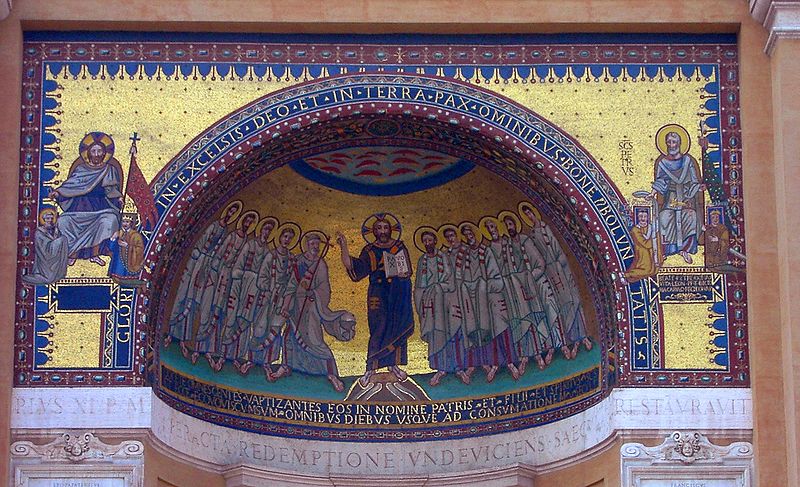
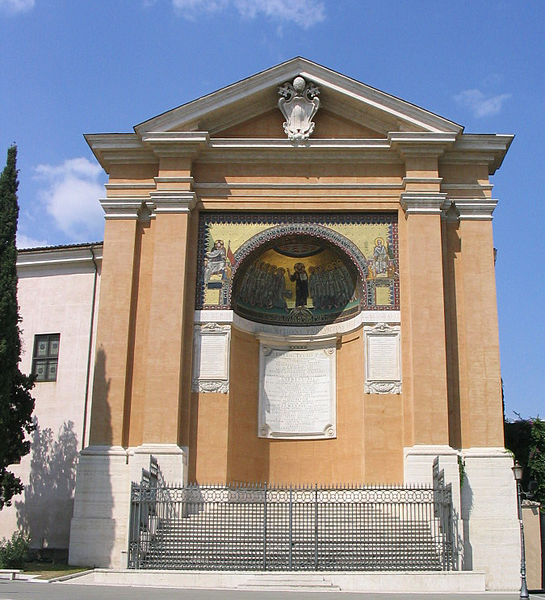
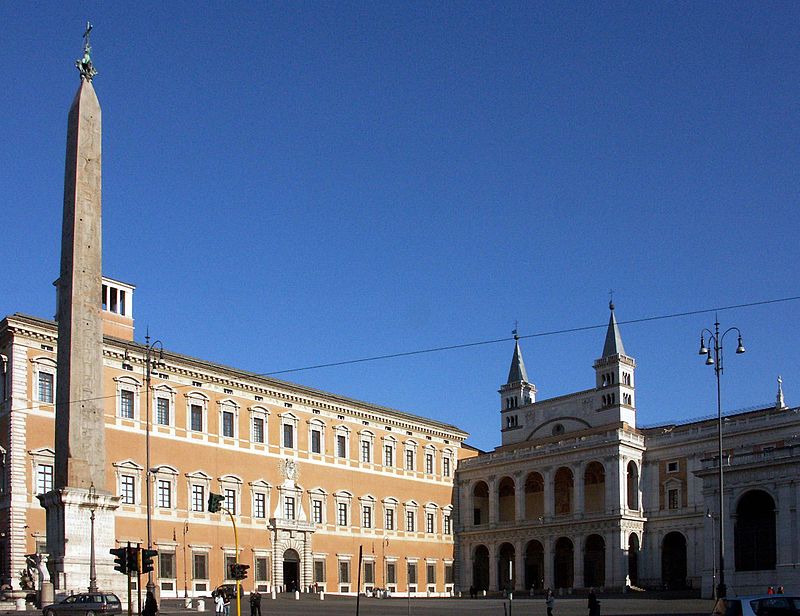

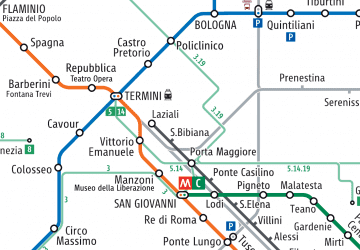 Metro / Tram / Rail
Metro / Tram / Rail

